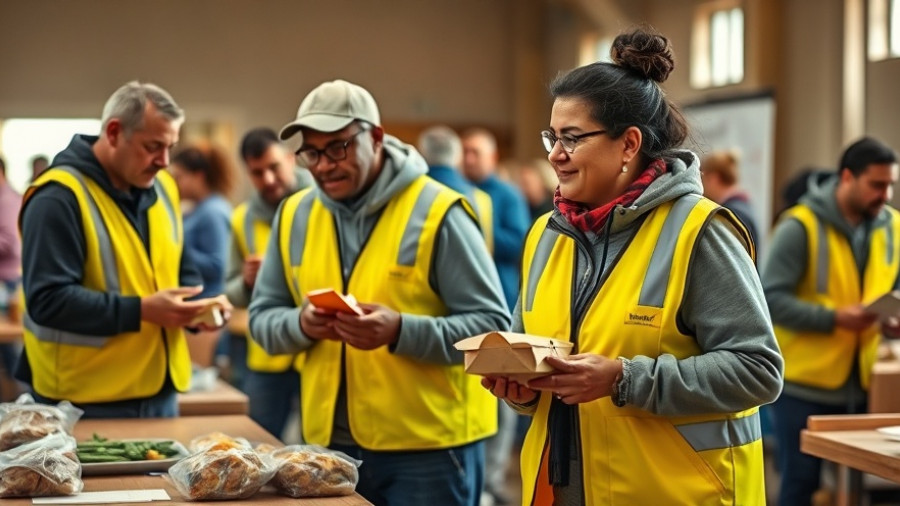
Government Shutdown: A Looming Crisis for Food Assistance in Long Beach
The ongoing federal government shutdown poses a severe threat to the food assistance programs crucial for tens of thousands of Long Beach residents. With over 93,000 people reliant on CalFresh, the state's implementation of the federally funded SNAP program, uncertainty looms as benefits may not be issued in November should the shutdown persist past October 23. This dilemma isn't confined to Long Beach; approximately 1.6 million residents in Los Angeles County and over 5.5 million Californians could find themselves in similar jeopardy.
Unpacking CalFresh: Why It Matters
CalFresh provides low-income households with monthly benefits to purchase food, a critical support system for those striving to meet basic nutritional needs. The repercussions of the shutdown have been echoed by officials, who report an alarming risk of service disruptions. State officials assert that if a budget agreement isn't reached soon, every Californian receiving assistance through this program faces uncertainty, signaling a significant challenge for the state’s safety net.
Impact on Local Food Banks
Long Beach's food banks, already stretched thin by rising grocery prices and increased demand, are preparing for what many anticipate could be a crisis similar to the immediate aftermath of the COVID-19 pandemic. Dixie Dohrmann, director of Christian Outreach in Action, emphasized concerns about food scarcity, saying, "Without CalFresh and state assistance, demand will only increase." As these pressures mount, local food banks such as the LA Regional Food Bank are bracing for a dramatic uptick in requests for aid.
The Community’s Response and Local Government Action
The Los Angeles Regional Food Bank CEO, Michael Flood, has noted, “We’re preparing for the worst case right now.” In response to the anticipated demand, the LA Board of Supervisors has authorized an additional $10 million to bolster the food bank’s efforts. Meanwhile, Governor Gavin Newsom has pledged to mobilize the California National Guard to assist food banks during this critical time, along with a commitment of up to $80 million to offset gaps in food benefits delayed by the shutdown.
Voices from the Ground: Personal Stories of Struggle
Local leaders have echoed the urgency of the situation. Kristen Cox, executive director of Long Beach Community Table, which supports about 7,000 individuals weekly, described the challenge of simply keeping her lights on, stating, "There’s just no financial resources coming our way anymore. I haven’t taken a paycheck since March." The emotional toll on these workers is evident—the strain of meeting the community’s needs while facing their own financial hardships adds to the desperation characterizing these circumstances.
Understanding the Broader Implications
As the situation evolves, experts warn of the potential for increased crime and desperation. Cox predicts, "What you’re going to see... is an increase in desperate behavior. A lot of people are just not going to make it." This sentiment highlights the urgent need for a solution, as social stability is at stake.
How to Get Help
For community members facing food insecurity, several local resources stand ready to assist. Christian Outreach in Action operates a food bank Monday through Friday at 515 E 3rd St. Long Beach Community Table provides free food access at multiple locations throughout the week. Students from Long Beach City College and California State Long Beach can access food programs specific to their school. Residents are encouraged to dial 211 to find comprehensive resources available to them.
A Call to Action for the Community
Those who seek to assist their neighbors in this time of need can donate to local food banks or volunteer their time. Every contribution counts to help alleviate the burden of food insecurity faced by many Long Beach residents in the days and weeks ahead. With the continued threat of the federal government shutdown, community support is more critical than ever.
 Add Row
Add Row  Add
Add 




Write A Comment